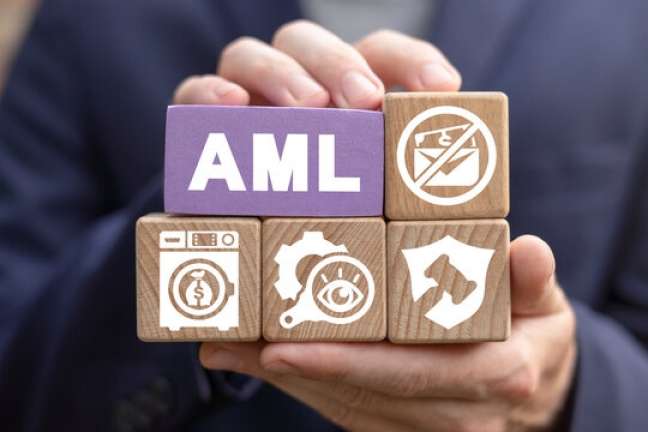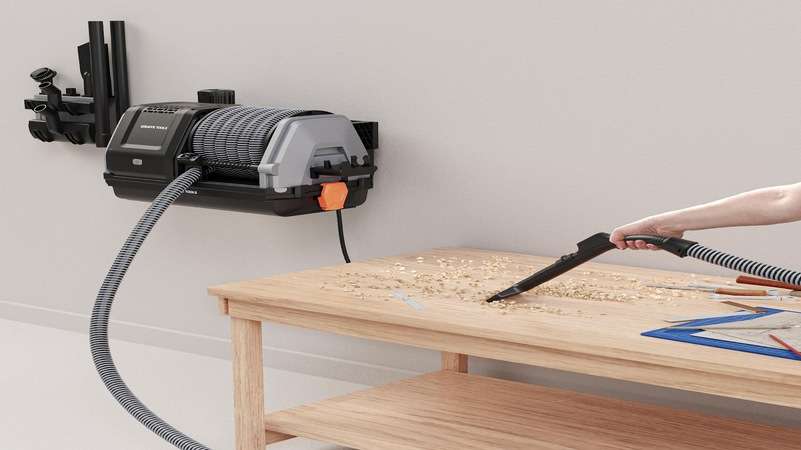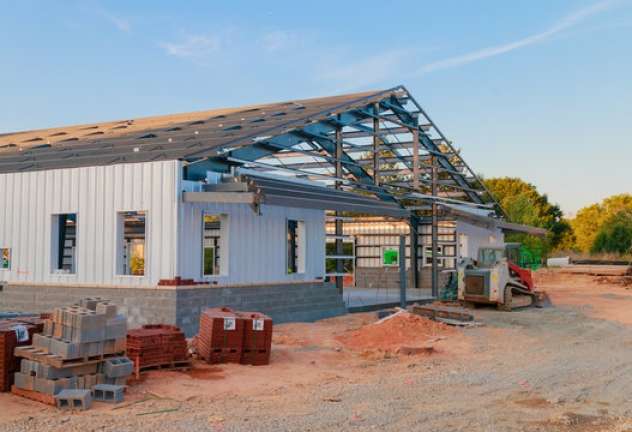By 2025, it’s estimated that the worldwide conveyor system industry will be worth $10.6 billion. This growing market has more than one kind of conveyor that can get the job done.
A conveyor system transports items, which saves time. It also decreases the workload for employees.
Continue reading to learn about the different types of conveyors.
Types of Conveyors
Depending on its design and use, some conveyors are better than others. For example, screw conveyors often move liquids.
Here are common kinds of conveyor systems and their benefits.
Belt Conveyors
This conveyor is a belt that transports materials up to medium weights. Motorized pulleys keep the belt moving.
There are multiple kinds of belt conveyors such as roller bed, cleated, and flat belt conveyors.
Roller Bed Conveyor Belt
A series of rollers are set up under the belt. The chosen rollers are based on what is appropriate for the product.
The rollers might have to support heavier weights. The rotation speed is also adjustable.
Cleated Conveyor Belt
A cleated conveyor system has barriers that divide items. This is great for small, loose items such as grain or candies.
The cleats stop products from falling when the belt moves up or down.
You can get different cleat shapes like inverted V and inverted capital T cleats.
Flat Belt Conveyor
Flat belt conveyors appear as they sound. The different belt materials include rubber, fabric, polyester, carbon steel, and more.
You can pick the best material for your product.
A popular material is rubber because it’s durable and flexible. Belts that handle food must be stainless steel or plastic resin.
Chute Conveyors
A chute conveyor quickly moves items down to a lower level. It’s a declining metal system.
A gravity chute conveyor has a uniform drop while a spiral chute is a vertical, winding system. The spiral chute takes up less space.
Chute conveyors are inexpensive. Item collision is possible, which could damage your product depending on its fragility.
Roller Conveyors
These conveyors are like roller belt conveyors without the belt. Products travel smoothly over the rollers.
Some systems are at an incline or decline. Declining systems are gravity conveyors. Inclining ones use a belt or a chain.
Gravity conveyors are environmentally friendly because gravity is the power source.
Chain Conveyors
If you have to transport heavy materials, a chain conveyor is a good choice. This conveyor consists of rotating lines of chains.
Chain conveyors are made to support heavy weights and large products. They’re often close to the ground. They move slowly to ensure safety.
Screw Conveyor
Screw conveyors are troughs that sit low to the ground. They can also be at an incline or stand vertically.
Inside, a giant screw spins to transfer products. They’re good for moving liquids or granular items.
They can have various output points and mix ingredients together.
Choosing the Right Conveyor System
The conveyor market has an array of different systems.
These types of conveyors are some of the most common. There are others such as vacuum and ball transfer conveyors.
Do the proper research before choosing a conveyor system. Factors include the weight, size, and temperature of your product.
Use this guide to help you make the right choice.
Read Also: 5 Ways a Forklift Can Benefit Your Business
















